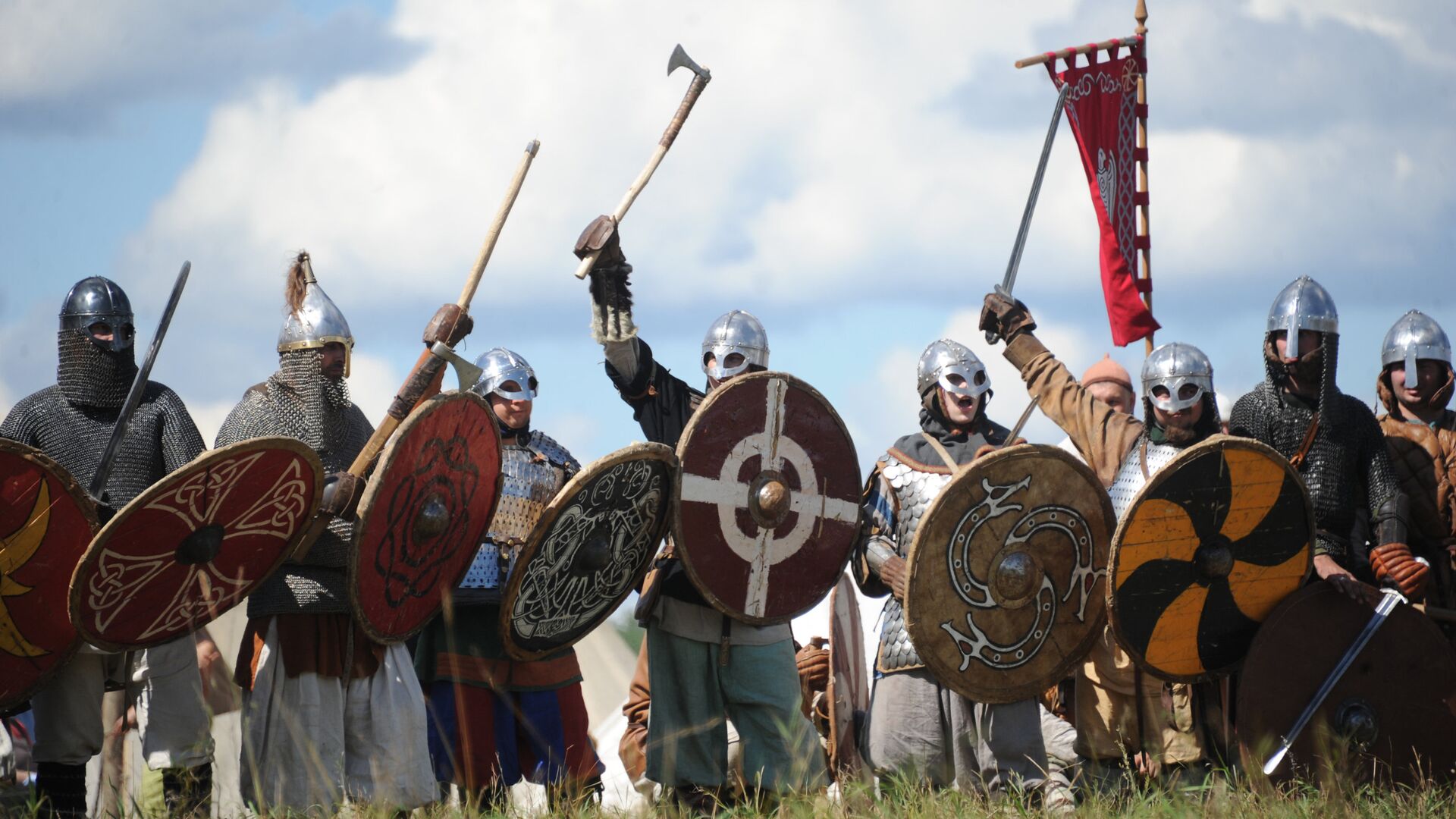Study Reveals 'Smoking Gun' Evidence of Viking Fur Trade in Denmark
07:27 GMT 03.08.2022 (Updated: 19:26 GMT 03.11.2022)

© Sputnik / Kirill Kallinikov
/ Subscribe
While today fur is a controversial subject associated not only with wealth and fashion, but also with animal cruelty and conservation issues, more than a thousand years ago things were more clear-cut, as it was universally seen as a luxury good and a symbol of status.
Researchers from the University of Copenhagen have found convincing evidence that what is now Denmark was a key hub for the international fur trade during the Viking Age.
In six graves dating back to the Viking era, imported furs have been discovered. The six graves that the researchers have investigated are located around Denmark and were discovered between 1861 and 1955. Inside, various fur remains were found that with the help of protein analysis were identified as beaver, sheep, squirrel and marten.
Since the beaver was not local to Denmark during the Viking Age, the researchers concluded that the fur was imported. The exact country of origin remains unclear, though. It could have been Sweden or Russia.
“For the first time, we have 'smoking gun' evidence that fur was imported to Denmark in the Viking Age. The written sources say that fur was traded to the Arab countries, but now with a protein-based method that can identify species, we have found six examples of beaver fur in Danish graves from high-ranking Vikings”, associate professor Luise Ørsted Brandtog from the GLOBE Institute at Copenhagen University said in a statement.
During the Viking Age, fur was a luxury item that only the very rich could afford to wear. The majority of the population, on the other hand, were farmers who wore woven or woolen clothes all year round.
In 956, Muslim writer and geographer Ibn Hawgal described a lively trade with what is now Russia, Belarus and Ukraine that included honey, wax and especially beaver fur, which was exported “all over the world”, as beavers were only found “on northern rivers of the Rus”.
According to Luise Ørsted Brandtog, the Arab sources and the recent discoveries provide a comprehensive knowledge of the Vikings' fur-related dealings.
“These sources tell us that fur was a very important and exclusive commodity that was worn by the elite across national borders in the Viking Age, and now we know that beaver fur was also brought to Denmark,” Luise Ørsted Brandtog said.
“These sources tell us that fur was a very important and exclusive commodity that was worn by the elite across national borders in the Viking Age, and now we know that beaver fur was also brought to Denmark,” Luise Ørsted Brandtog said.
According to her, since international politics were forged in Viking-Age Denmark, it made sense for the contemporary elite to appear dressed in furs to make the right impression.
Apart from fur remains, numerous other valuable objects were found in the graves, including a ship, textiles, jewelry and ornate weapons, symbolizing their owners' status.
The Viking Age (793-1050) was an era marked by widespread sea travel and daring expeditions to foreign territories. Norsemen known as Vikings set sail to trade, obtain bounty and conquer new land in parts of the globe stretching from the Middle East and Africa to North America.



